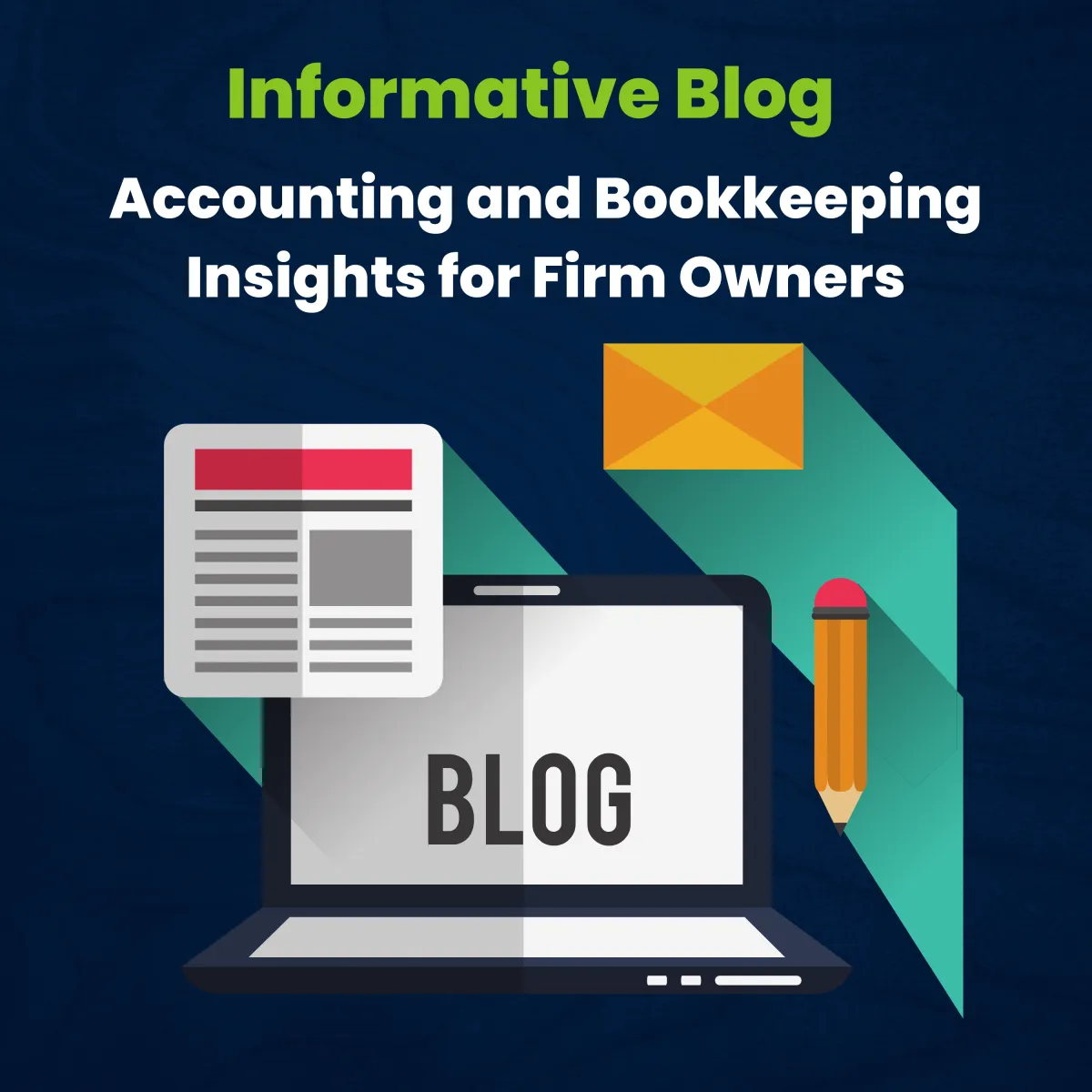Are you looking for an Accounting Professional? Please go to getaccountants20.com
Where Accounting Industry Professionals Come to Learn, Improve, Stay Informed, and GROW!
Gain Exclusive Insights to Help You Grow Your Firm!
Learn how to get more free time AND increase revenue. Discover the 11 Critical Areas to Become a New Age Accountant.
Subscribe to Our Newsletter and Start Your Transformation Today!
* You will receive our ebook, 11 Critical Areas to Become a New Age Accountant.

Professionals Like You
Are Now Harnessing Accountants 2.0 to Enhance Profits While Enjoying More Free Time
What People Think About Our Services

Sandra D Klinski

"Accountants 2.0 is the real deal. Their business allows for a RISK-FREE Partnership, not many businesses can say that. Anyone who wants to expand their client portfolio needs to book a call right now. YOU Will be glad you did. I look forward to future collaborations with Steve and the A2.0 team! His model is rock solid. "

Jeff Anderson

"Accountants 2.0 are experts in their field and provides a great service for the industry."

Angie Card

"They have a dynamic personality and knowledge to help businesses make sure things add up. Get to know them, a metro Detroit resource for accounting. "
Discover Resources to Elevate Your Firm
Imagine a life where your business is growing steadily, you have more time for yourself and your family, without stress or worry.

Blog
Gain knowledge on advanced technology and modern management practices. Our articles provide insights to drive growth and efficiency, keeping your firm at the forefront of innovation.

Podcasts
Discover advanced strategies for excelling in the dynamic accounting industry. Each episode connects you with growth-focused professionals, exploring innovative technologies and strategies.

YouTube Video
Our channel is tailored for accounting and bookkeeping firm owners, featuring insightful podcasts, expert interviews, and informative lectures.
Enhance your firm's profitability, team cohesion, and management efficiency
Use Our Community Resources for Free
Backed By Our Services When You Need Help
We invite you to a free consultation to learn more.
Accountants 2.0 can provide sales support from first contact of leads to closing contracts for revenue. We get paid on success! We can also manage the ongoing relationship with your clients or show you how.
You can win back time and start gaining revenue now with low risk.

Reduce Office Hours,
Increase Life’s Moments

Unlock Exclusive Insights to Propel Your Firm Forward!
Ready to reclaim your time and boost your bottom line? Dive into our newsletter to uncover strategies that help you achieve both.
Discover the 11 Essential Pillars for Modern Accountancy and kickstart your transformation today!
* You will receive our ebook, 11 Critical Areas to Become a New Age Accountant.
Stay Current
Catch up on the latest news impacting accounting and bookkeeping firm owners. We bring you key updates and trends so you can stay focused on growing your business.
Insights for Growth
Dive into our blog for quick tips, expert advice, and strategies to help your firm thrive. Stay ahead with content designed to keep you informed and inspired.

© 2023 Accountants 2.0. All Rights Reserved.
